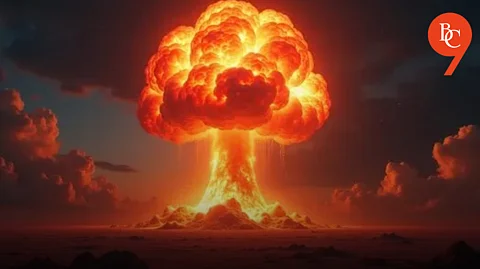

The current crisis erupted after a major terror attack in India’s Pahalgam region, killing 26 civilians. India responded with “Operation Sindoor,” launching precision strikes on terror launchpads and key Pakistani airbases, including Noor Khan (Rawalpindi), Murid (Chakwal), and Rafiqui (Shorkot), inflicting heavy damage on military assets. Pakistan retaliated with missile and drone attacks on Indian military and civilian sites, escalating the conflict to levels not seen in nearly thirty years.
Pakistan’s National Command Authority (NCA) is its highest decision-making body on national security, responsible for nuclear policy and strategic planning. On Saturday, Prime Minister Shehbaz Sharif called a meeting of the NCA following India’s retaliatory airstrike. The timing of this meeting is significant, as it signals that all options-including nuclear-are being reviewed at the highest level in response to the escalating conflict.
While some Pakistani officials later denied that a formal NCA meeting had taken place, multiple credible reports confirm that the Prime Minister did request the body to convene, highlighting the seriousness of the situation.
The NCA meeting comes against the backdrop of direct strikes on each country’s military infrastructure, mounting casualties, and the closure of civilian airspace. Historically, Pakistan’s nuclear doctrine is based on “first use” in case of a conventional military defeat. A 2019 academic study, now resurfacing in media, eerily predicted that a high-casualty terror attack in 2025 could trigger a rapid escalation-including the use of tactical nuclear weapons if Pakistan’s military position deteriorates.
The convening of Pakistan’s NCA amid ongoing hostilities is a clear indicator that the conflict has reached a dangerous threshold. While there is no official confirmation of imminent nuclear use, the very discussion of nuclear options at the highest level is a stark reminder of the risks inherent in India-Pakistan crises.
